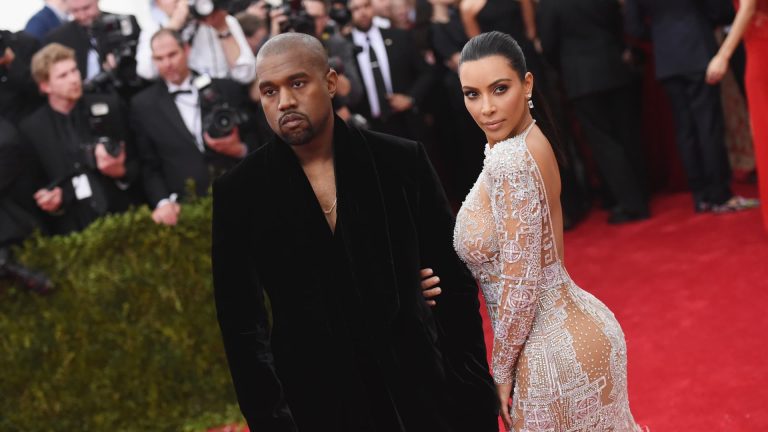Under pressure to look good on Instagram, millennials inspired by Kim Kardashian’s curves helped drive a record number of Brazilian butt lifts and a booming plastic surgery market in the United States last year.
Buttock augmentation with fat grafting — taking unwanted fat from an area such as the stomach and adding it to the backside — was the hottest growing segment, up 19 percent with 24,099 procedures in 2018, according to the annual report of the American Society of Plastic Surgeons. released last week. The previous record was 20,301 a year earlier, according to the group, which has been issuing an annual report since 2005.
Millennials in particular are telling doctors they want to look as good as they do through their Snapchat filters, doctors say.
Kim Kardashian West and Kanye West
Mike Coppola | Getty Images Entertainment | Getty Images
Snapchat “gives people an idea of what they want to change about themselves in ways that aren’t necessarily possible,” said Dr. Alyssa Golas. clinical assistant professor of plastic surgery at NYU Langone Health. “I think that’s also had an effect on the age of people coming in. We’re seeing a lot of younger people coming in.”
An article published last year in JAMA Facial Plastic Surgery he considered this the “age of filtered photos”. “These filters and edits have become the norm, changing people’s perception of beauty worldwide,” said the authors of this study.
More than 17.7 million people had some type of cosmetic surgery last year, including minimally invasive procedures like Botox injections or non-surgical skin tightening. Plastic surgery and cosmetic procedures increased 1.6 percent from the previous year, according to the Society of Plastic Surgeons.
There’s also less stigma associated with elective procedures, with celebrities like Kylie Jenner publicly discussing some of the work they’ve had done.
Kylie Jenner, the ultimate influencer, arrives at the 2018 Met Gala at the Metropolitan Museum of Art in New York.
Angela Weiss | AFP | Getty Images
“Once the introduction of smartphones and social media came out, you literally have people in the recovery room filming themselves and posting it,” said Dr. Alan Mataraso, the company’s president.
This is a complete change from when Mataraso first started training. Matarasso built a back door in his private practice to allow patients to come and go discreetly following procedures.
Last year, Botox, chemical peels, soft tissue fillers, microdermabrasion and laser hair removal saw a slight increase in the number of procedures performed since 2017. But compared to 2000, the shift is much greater. Botox injections, for example, had an 845 percent increase in procedures performed from 2000 to 2018.
“I think you see these trends in all minimally invasive procedures,” Golas said. Marketing of Botox and commercial fillers has shifted from middle-aged adults to younger audiences, he added. They also have the attraction of less downtime, less bruising and less aggressive results.
Since the 2000s, people have been opting for “elevators”. Lower body lifts, upper arm lifts, thigh lifts, and chest lifts have increased significantly over the past 18 years.
Doctors perform a facelift in Rio de Janeiro, Brazil.
Paulo Friedman | Bloomberg | Getty Images
This is also seen with body contouring procedures. Big breasts are still in fashion, but so are big backs and tiny waists. Buttock increases, which the team began tracking in 2013, have more than doubled since then. Breast augmentation is still the No. 1 elective surgery, but growth has stagnated from a recent peak of 347,527 in 2007 to 313,735 last year, according to the plastic surgeons group.
Liposuction was No. 2, followed by nose jobs, blepharoplasty and tummy tucks last year, according to the group.
“These body contours often reflect what’s popular in the culture, and it’s not something you can achieve on your own,” Matarasso said. “Yes, a big butt is fashionable. But you should do it not because your boyfriend did. You should do it for self-improvement.”
Matrasso and Golas cautioned against electing a process just because it is popular. Some things like implants or fillers can stretch the skin but can be removed. Other things, like rhinoplasty or facelifts, cannot be undone.
“That’s something you really have to think about. It has permanent effects on the body,” Golas said. “The ideal of beauty evolves over time. People gravitate toward what they find beautiful.”
Universal Images Group | Getty Images

